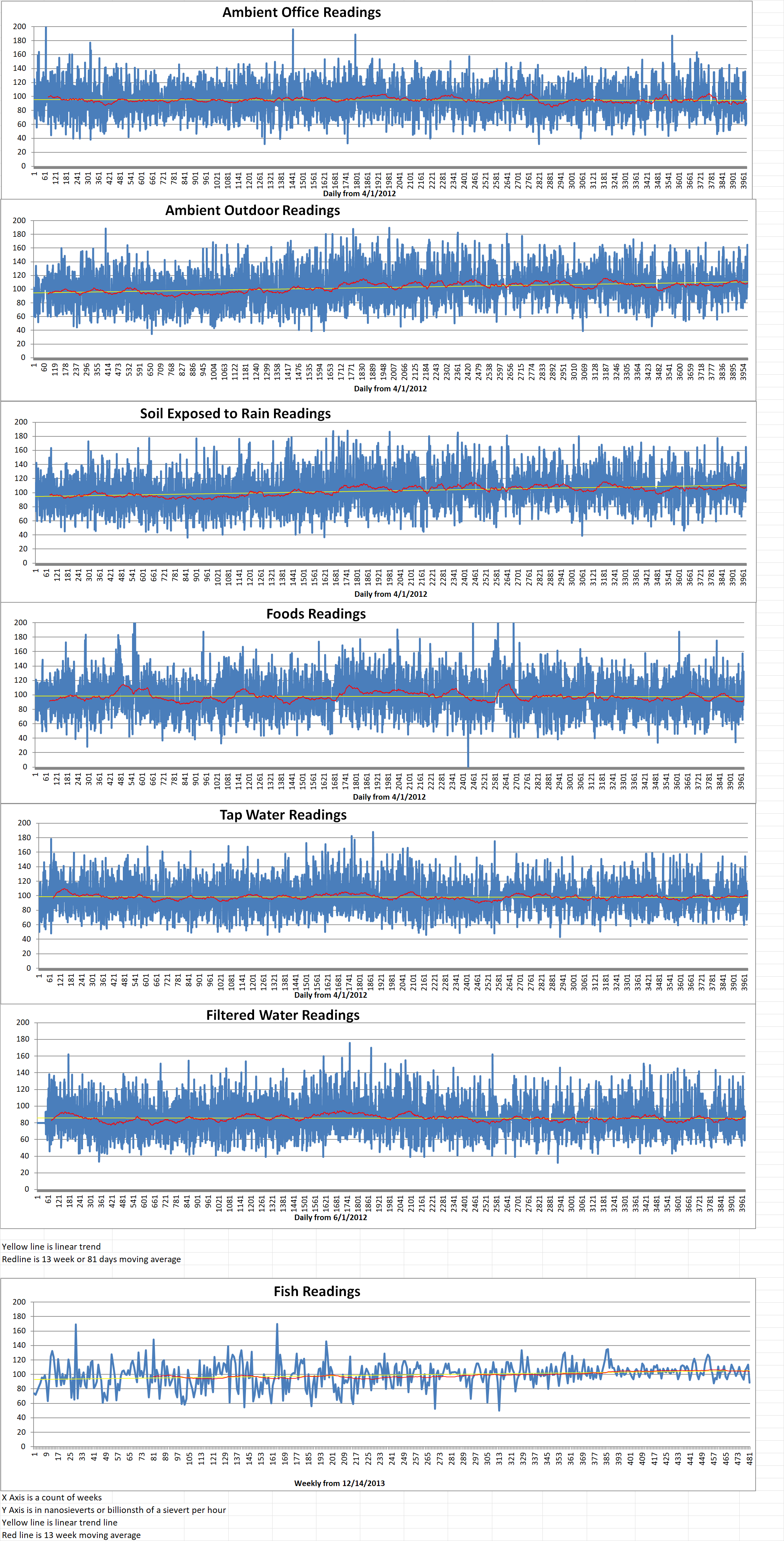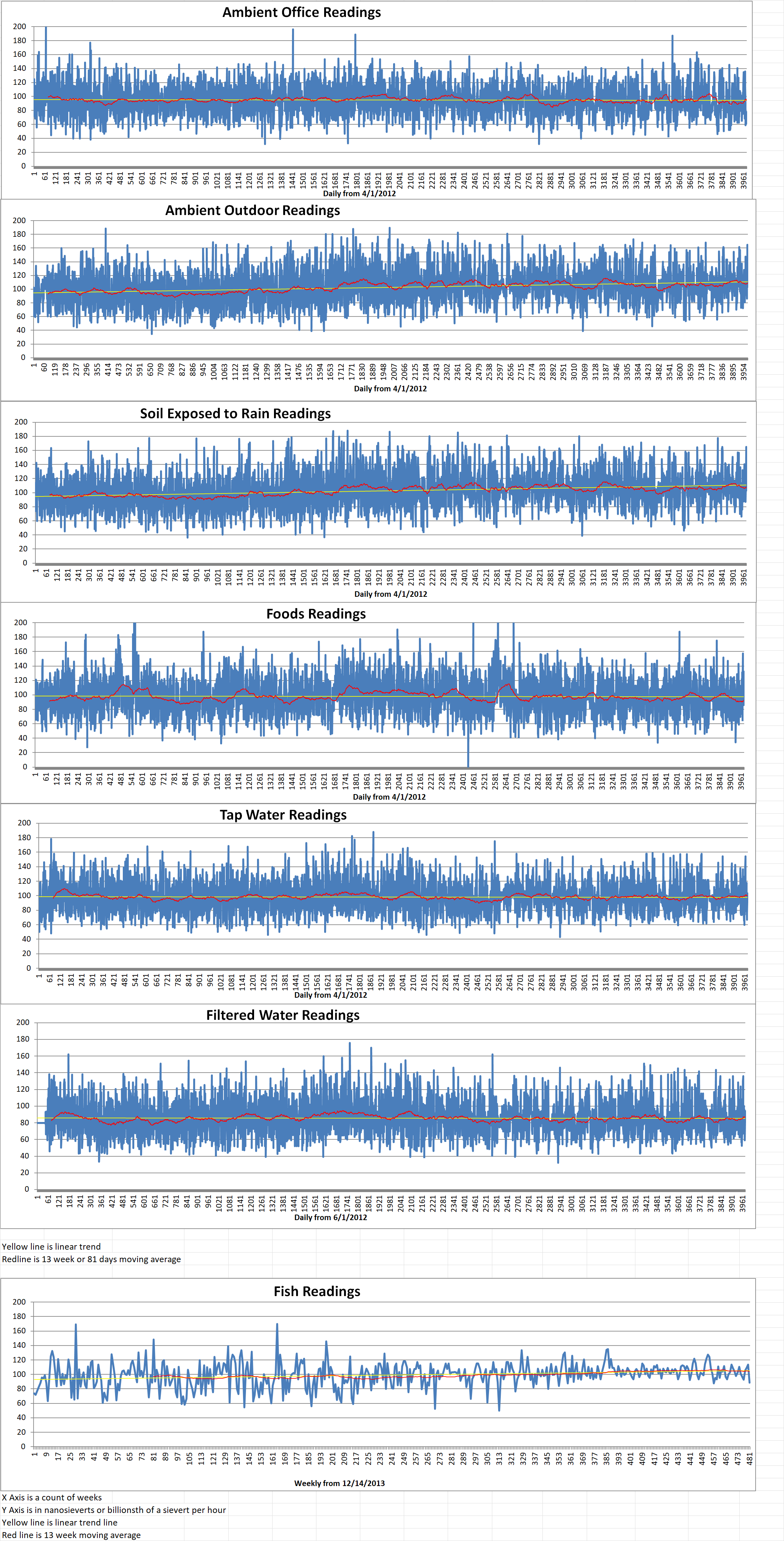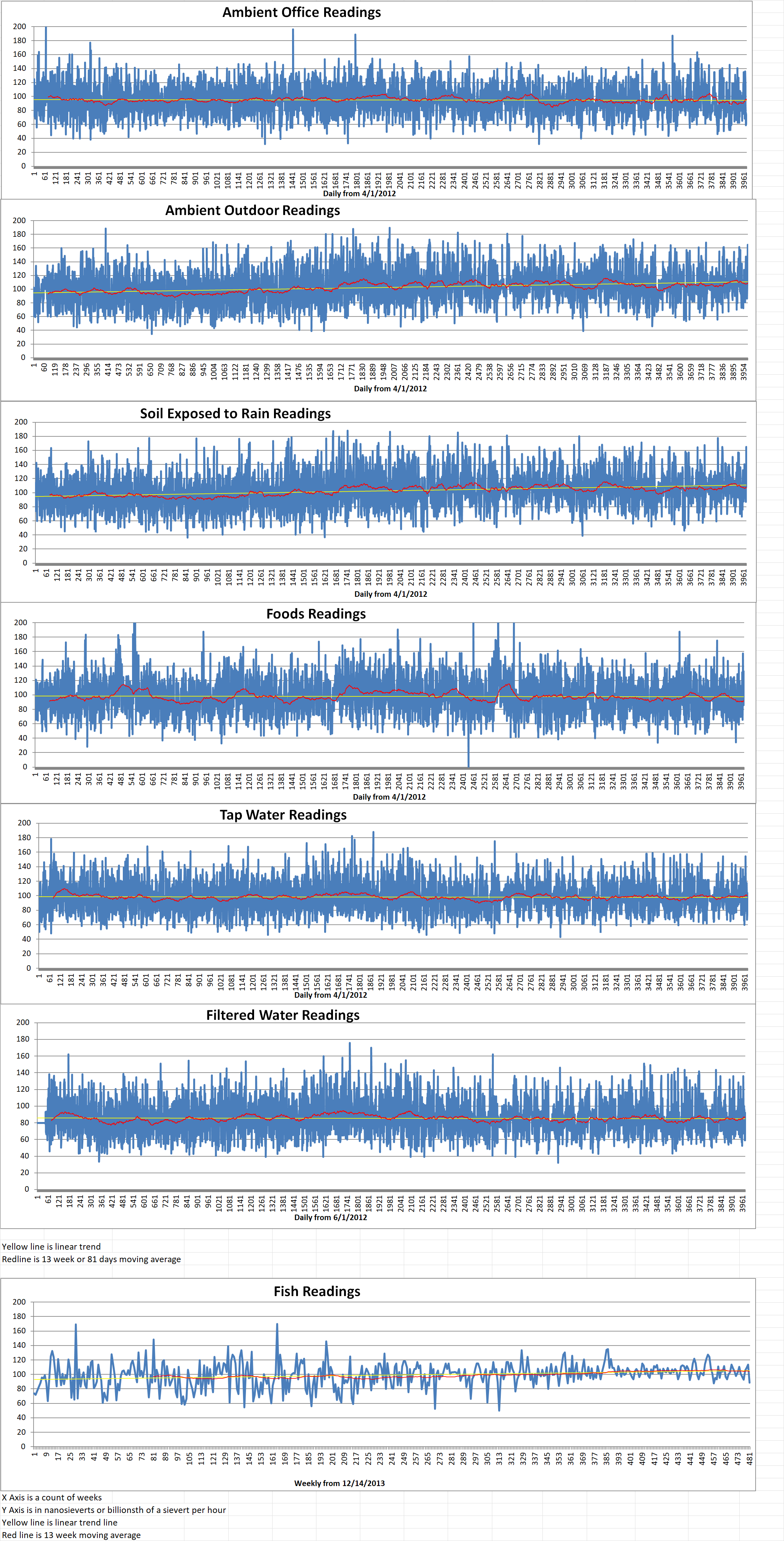Part 1 of 4 Parts
The U.S. arsenal contains powerful, deeply burrowing Massive Ordinance Penetrator bunker buster bombs (MOPs). The Air Force’s thirty-thousand-pound class GBU-547/B MOPs are guided weapons specifically designed to penetrate hugely fortified targets such as Iran’s underground nuclear facilities. They can impact surfaces above targets with great accuracy. Recently, a rare “live” MOP was pictured at Whitman Air Force Base. However, they may not be able to penetrate a buried nuclear facility in central Iran. This concern is based on an analysis of new satellites images.
The international press first reported on these developments observed at Iran’s nuclear site recently. These reports were based on images provided by Planet Labs, as well as analysis by the James Martin Center for Nonproliferation Studies. The Natanz site is located about one hundred and forty miles south of Tehran. As separate press reports suggest, Iran is making significant progress in constructing underground tunnels in the Zagros Mountains to the south of the Natanz nuclear site. Considering its size, Iran would probably be able to use the underground facility to enrich uranium. It is much bigger than needed to build centrifuges for the enrichment of uranium.
Construction of the core portions of the Natanz nuclear facility itself started in the early 2000s. In September of 2020, Iran announced that it would be replacing the Iran Centrifuge Assembly Center (ICAC) with a new facility in the nearby mountains. The ICAC was an above-ground plant at the Natanz facility that was destroyed by a fire in June of 2020. Iran blamed the destruction of the ICAC on Israel.
Since then, intelligence analysts have monitored the development of underground tunnels in the mountain with satellite imagery. The analysts fear that the new underground facility could aid Iran in developing nuclear weapons. Iran has not admitted publicly that it has any other plans for the underground facility beyond its use as a replacement for the ICAC. Iranian authorities would have to declare the site to the International Atomic Energy Agency (IAEA) in Vienna if it was going to bring uranium into the new facility. Iran does have a long history of deep-burying sensitive facilities, especially those connected to their nuclear and missile programs.
Experts at the James Martin Center for Nonproliferation Studies report that the new facility is probably being built at a depth of from two hundred sixty feet to three hundred twenty-eight feet inside the mountain. This depth is deeper than U.S. military has publicly stated in the past for the maximum depth that the thirty-thousand-pound class GBU-57/B MOPs can burrow down to which is two hundred feet. It is not clear exactly whether this figure also accounts for penetrating through reinforced concrete layers which are often used in the construction of sensitive underground facilities.
Experts at the Institute for Science and International Security, a Washington-based nonprofit focused on Iran’s nuclear program, claim that the underground tunnels could be even deeper than the two hundred sixty to three hundred twenty-eight feet estimate reported by the James Martin Center.
Please read Part 2 next
Blog
-

3041 – Nuclear Weapons 816 – U.S. Is Working On Bunker Buster Bombs To Destroy Iranian Nuclear Facilities Buried Deep Under Mountains – Part 1 of 4 Parts
-
Nuclear News Roundup May 23, 2023
5 years after U.S. left Iran nuclear deal, more enriched Uranium and much less trust kuow.org
Reflecting on the current system of radiological protection google.com
Russia to US: No lectures on nuclear weapon deployments Aljazeera.com
IAEA chief outlines five principles to avert nuclear ‘catastrophe’ in Ukraine mnews.un.org
-

Geiger Readings for May 23, 2023
Ambient office = 89 nanosieverts per hour
Ambient outside = 93 nanosieverts per hour
Soil exposed to rain water = 94 nanosieverts per hour
Lemon from Central Market = 132 nanosieverts per hour
Tap water = 105 nanosieverts per hour
Filter water = 91 nanosieverts per hour
-

Nuclear Reactors 1226 – South Africa May Have To Carry Out Loadshedding This Winter
Load shedding at a power plant involves shutting down parts of the electricity network in a controlled way to prevent the electrical system becoming unbalanced when there is not enough supply to meet demand. This is done to prevent a country-wide blackout. South African (S.A.) state utility Eskom provides for eight stages of loadshedding. Stage 1 sheds one thousand megawatts. Stage 8 sheds eight thousand megawatts. Loadshedding is implemented on a rotational basis so Stage 8 loadshedding might mean that customers would have their supply of electricity interrupted throughout the day for up to twelve hours.
S.A.’s power system is severely constrained with a high risk of stages of loadshedding as winter approaches, according to Eskom. Eskom issued its State of the System and Winter Outlook briefing on May 18th. In the briefing, Eskom said that loadshedding might be predominantly implemented at Stage 5 for the winter period with breakdowns or capacity unavailable due to unplanned maintenance at fifteen thousand megawatts. However, if unplanned outages reach eighteen thousand megawatts, loadshedding might be required “every day and might be implemented up to Stage 8 … an ultimate worst-case scenario that Eskom is working tirelessly to avert at all cost by all means necessary”.
The current situation is exacerbated by the loss of four power generation units which are on extended outages. Three of those units are at the Kusile coal-fired power plant. The fourth unit is a nuclear reactor at Koeberg nuclear power plant. It is currently on a long-term outage for maintenance and refueling. It is expected to return to service in September of this year. Eskom also needs to replace the steam generators Koeberg. The unavailability of the three Kusile units and Koeberg 1 has removed three thousand and eighty megawatts of capacity from the grid. This is equivalent to three stages of loadshedding.
Bheki Nxumalo is the Eskom Generation Group Executive. He said, “We are striving to reduce plant breakdowns to 15,000 MW or below for the winter period to keep loadshedding at lower stages. We, however, concede that this will be extremely hard given the unreliability and unpredictability of the power generating fleet and that we are already about 3000 MW worse off this winter compared to the same period last year.”
Calib Cassim is the Eskom Acting CEO. He said, “It is going to be a difficult winter.” He added that the company has confidence in the control measures that it has in place, including loadshedding. This means that a national blackout will not happen this winter. S.A.’s winter months are June, July and August.
Eskom’s update came two days after South Africa’s Minister of Mineral Resources and Energy Gwede Mantashe told the National Council of Provinces (NCOP), the upper house of the South African Parliament, that the S.A. government plans to issue requests for proposals for the procurement of two thousand five hundred megawatts of nuclear power in the fourth quarter of this year of this year as part of its electricity procurement plans.
Mantashe mentioned that “Grid availability is critical to securing electricity supply in the future. It impacts not only on the public procurement programs, but also on private embedded generation initiatives,” during a budget vote speech to the S.A.’s National Council of Provinces. -
Nuclear News Roundup May 22, 2023
Biden adviser discussed possible outreach to Iran on nuclear program with Oman: sources axios.com
IAEA team completes Czech regulatory review world-nuclear-news.org
EC outlines approval grounds for Paks II contract amendments world-nuclear-news.org
Ukraine claims Russia planning ‘massive’ incident at nuclear site Aljazeera.com
-

Geiger Readings for May 22, 2023
Ambient office = 90 nanosieverts per hour
Ambient outside = 118 nanosieverts per hour
Soil exposed to rain water = 118 nanosieverts per hour
Green onion from Central Market = 126 nanosieverts per hour
Tap water = 106 nanosieverts per hour
Filter water = 88 nanosieverts per hour
-
Nuclear News Roundup May 21, 2023
Uravan Minerals Announces Shareholder Approval of Business Combination Agreement with Nuclear Fuels Inc. finance.yahoo.com
Could China and Saudi Arabia Push Iran Back Into a Nuclear Deal? Haaretz.com
Russia moves ahead with deployment of tactical nukes in Belarus reuters.com
Belarus official: West left us no choice but to deploy nuclear arms reuters.com
-

Geiger Readings for May 21, 2023
Ambient office = 76 nanosieverts per hour
Ambient outside = 103 nanosieverts per hour
Soil exposed to rain water = 103 nanosieverts per hour
English cucumber from Central Market = 96 nanosieverts per hour
Tap water = 100 nanosieverts per hour
Filter water = 94 nanosieverts per hour
-
Nuclear News Roundup May 20, 2023
Lukashenko: ‘Nuclear weapons for everyone’ willing to join Russia and Belarus thehill.com
IAEA closes two nuclear investigations in Iran – Iranian Media jpost.com
UN nuclear watchdog asks Russia, Ukraine to protect Zaporizhzhia plant wsau.com
Nuclear Fusion Startup Gets Funding for Twisty-Looking Reactor news.yahoo.com
-

Geiger Readings for May 20, 2023
Ambient office = 66 nanosieverts per hour
Ambient outside = 129 nanosieverts per hour
Soil exposed to rain water = 129 nanosieverts per hour
Blueberry from Central Market = 133 nanosieverts per hour
Tap water = 103 nanosieverts per hour
Filter water = 92 nanosieverts per hour
Dover Sole from Central = 89 nanosieverts per hour
